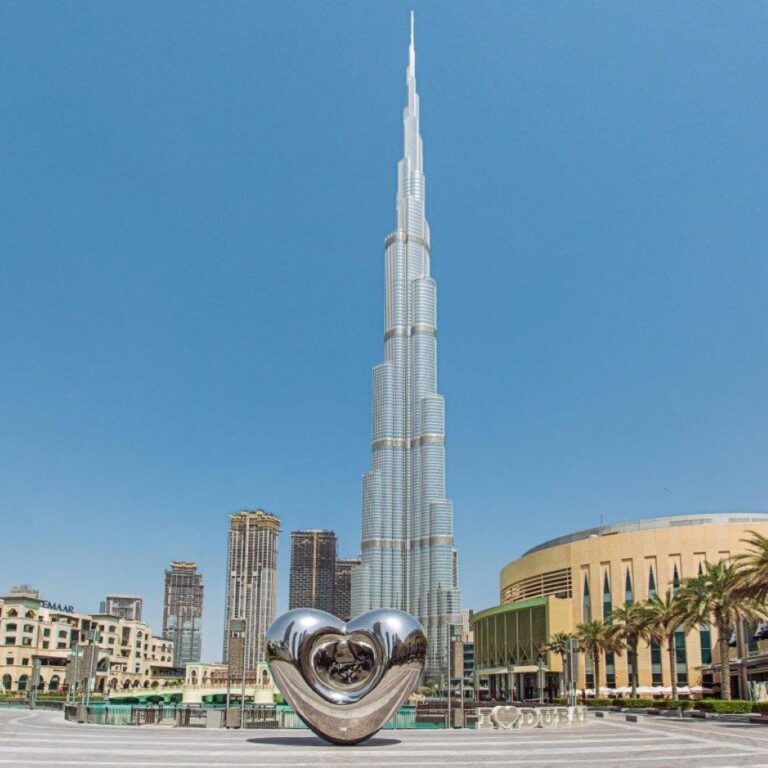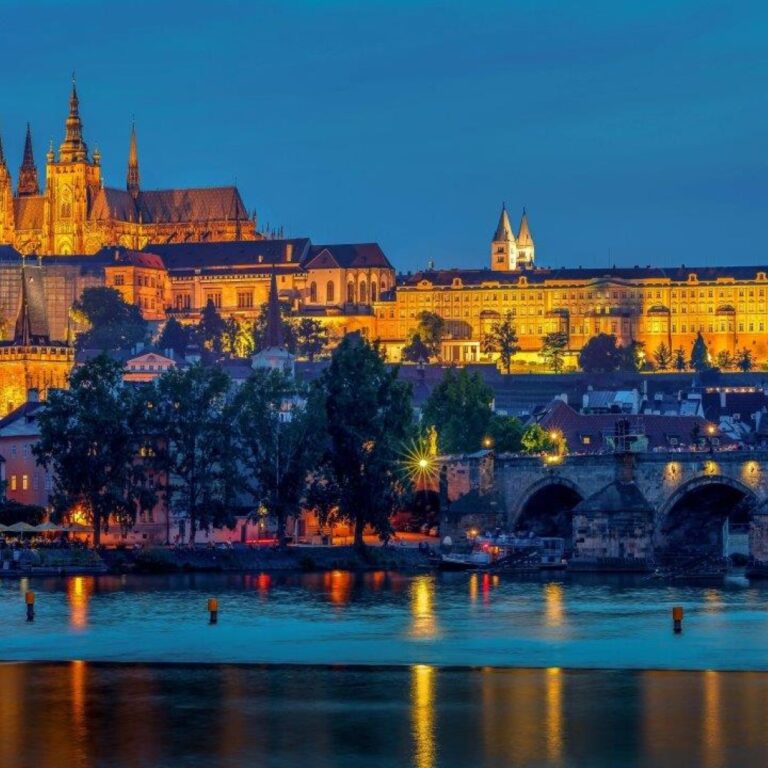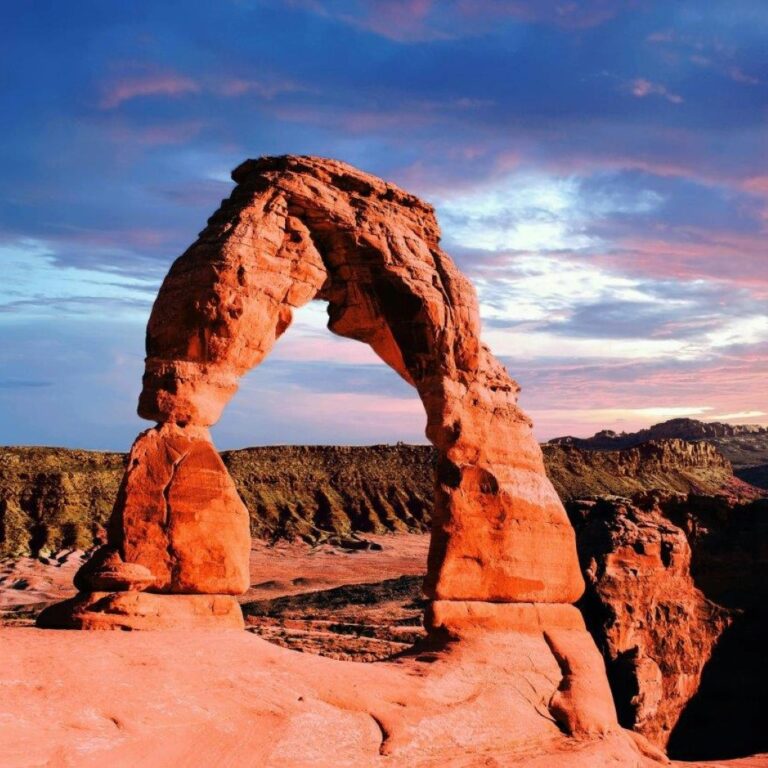The Burj Khalifa stands at a staggering height of 828 meters (2,717 feet), making it the tallest structure and building in the world.
Construction of the Burj Khalifa began in 2004 and was completed in 2010, taking just over six years to finish.
The building was originally named Burj Dubai but was renamed Burj Khalifa in honor of Sheikh Khalifa bin Zayed Al Nahyan, the President of the United Arab Emirates.
The Burj Khalifa has 163 floors above ground, including two observation decks on the 124th and 148th floors, offering breathtaking views of Dubai.
The building features a mix of residential, commercial, and hotel spaces, including the luxurious Armani Hotel.
The design of the Burj Khalifa is inspired by the Hymenocallis flower, with a triple-lobed footprint and a spiraling pattern that decreases in size as it rises.
The Burj Khalifa holds the record for the highest number of stories in a building, the highest occupied floor, and the highest outdoor observation deck.
The building is home to the world's fastest elevators, which travel at speeds of up to 10 meters per second.
The Burj Khalifa's exterior is clad in over 26,000 glass panels, providing stunning reflections and helping to regulate the building's temperature.
The structure's foundation consists of over 45,000 cubic meters of concrete, weighing more than 110,000 tons.
The Burj Khalifa's construction involved more than 12,000 workers and engineers from over 100 countries.
The building is illuminated every evening with a stunning light show, featuring LED lights and lasers that create mesmerizing patterns and designs.
The Burj Khalifa is surrounded by the 11-hectare Burj Khalifa Lake, which hosts the Dubai Fountain, the world's largest choreographed fountain system.
The building's design incorporates sustainable practices, including a condensation collection system that provides water for landscaping and the Dubai Fountain.
The Burj Khalifa has been featured in numerous films, including 'Mission: Impossible – Ghost Protocol,' where Tom Cruise performed a daring stunt on the building's exterior.


